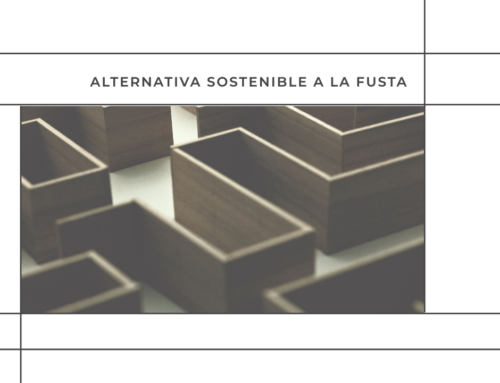THE SMART PACKAGING
Sustainable smart packaging is already a reality.
Thanks to the combination of smart packaging* and active packaging*, we can have more sustainable packaging and preserve the condition and quality of the food for longer. We achieve this thanks to ink systems, new technologies such as RFID, QR code, biotechnology… which allow us to obtain more information about the state of conservation of the contents of the packaging or even preserve it for longer.
The global perspective for the year 2026 is that this type of packaging will increase by 4.15% compared to 2020. This is excellent news as it means that there is more and more awareness of food waste and the cost of this waste.
A real bet for this type of technology offers significant advantages in terms of sustainability, quality control and product safety, efficiency in the supply chain, brand transparency, improves the shopping experience…
In any case, despite the great advantages that this technology offers, there are still major market barriers, such as implementation costs, integration costs and innovation risk management. Although from 2004 to 2020 the cost of the sensor has been decreasing considerably.
This technology of active packaging and smart packaging is not only applied in the food sector but is also applied in many other sectors such as fashion, beauty, logistics, pharmaceuticals…
For these sectors, thermochromic inks, RFID technologies, NFC, microelectronics, in-mold electronics, Navilens… are used to obtain more information from the product or manufacturer, to identify the authenticity of the product or to make the purchase experience of the user much more inclusive.
*Active packaging is food packaging that absorbs substances that could deteriorate the product or emits others that help preserve it, thanks to products incorporated into the matrix of the packaging, on labels or in small bags. This type of packaging is used to preserve the quality and good condition of the food. / according to termcat
Smart packaging is a food container that provides information about its interior atmosphere or about the product it contains, using devices integrated into the container that is sensitive to biological, thermal or gaseous modifications; it is used, therefore, to control the quality and condition of food. / according to termcat







